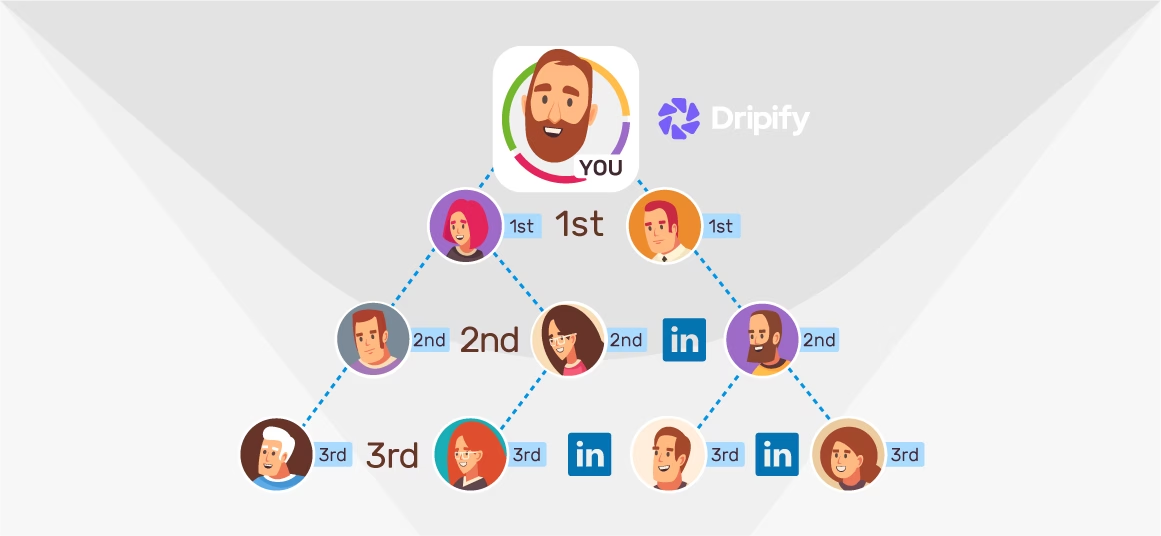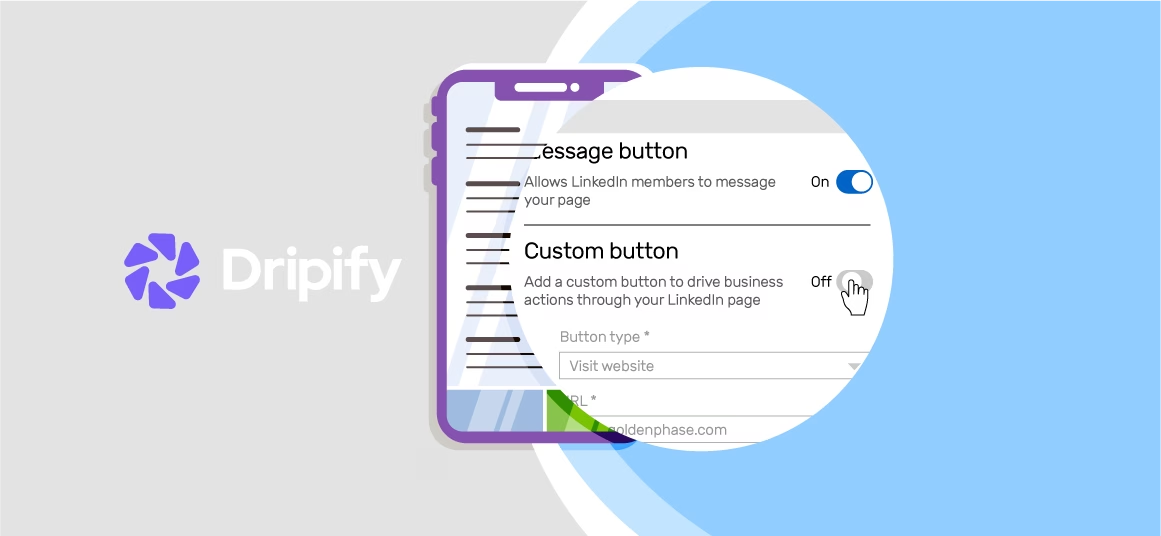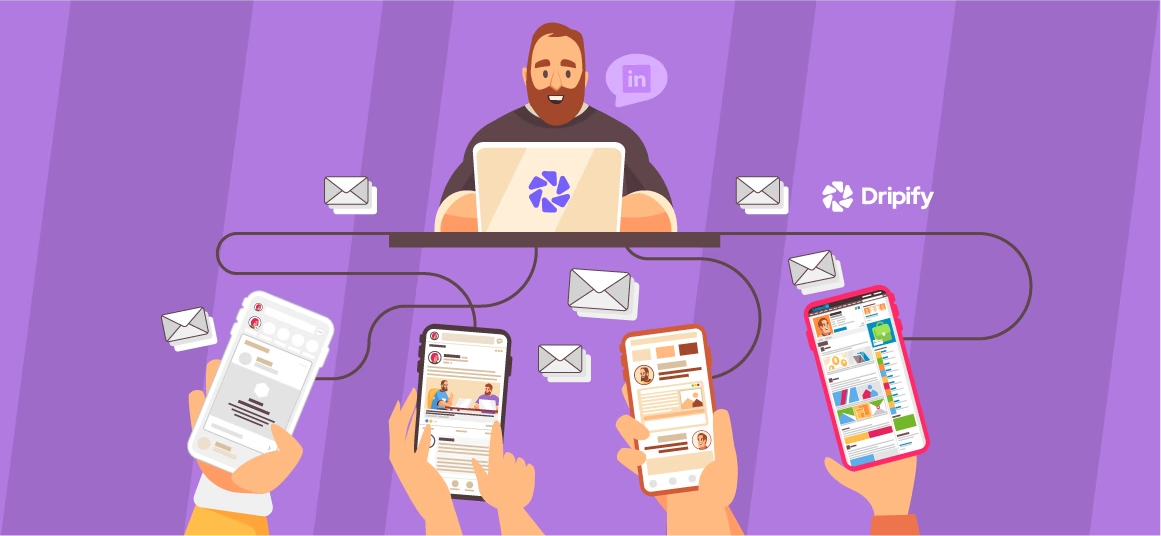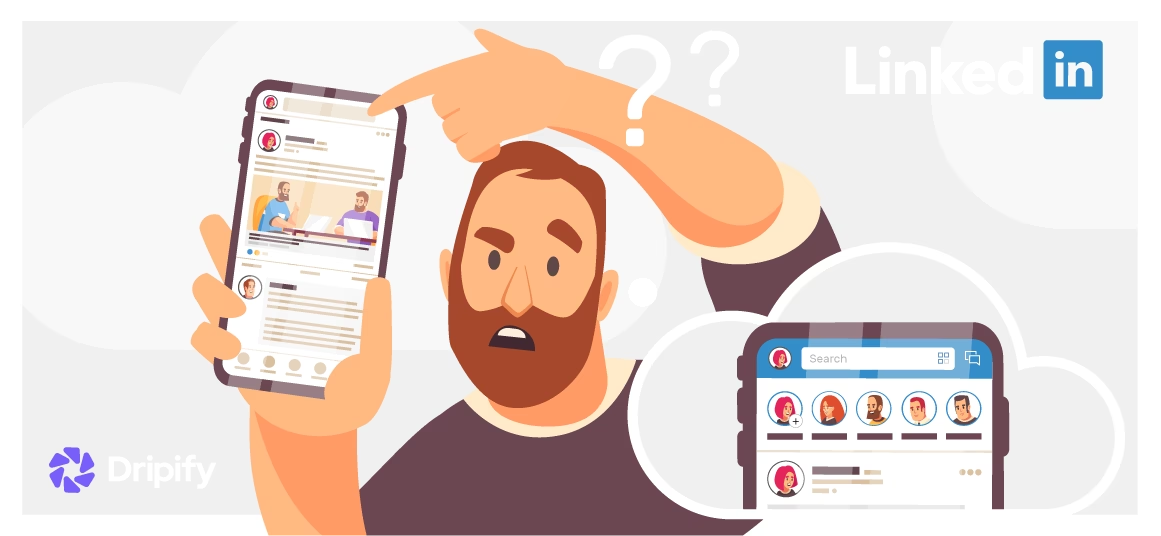LinkedIn features three degrees of connection for its users. These are 1st-degree connections, 2nd-degree connections, and 3rd-degree connections. Find out the difference between these connections and how you can reach these users on the network.
LinkedIn allows you to build a professional network that can help you tap into career or business opportunities. The kind of connections you make on the social media platform will determine the types of opportunities you’ll have.
- What Are Connection Levels on LinkedIn?
- 1st-Degree on LinkedIn
- 2nd-Degree on LinkedIn
- 3rd-Degree on LinkedIn
- Out of Network on LinkedIn
- How to Reach all 1st-Degree Connections on LinkedIn
- How to Build your LinkedIn 1st-degree Connection Prospecting Process
- How to Go Beyond Your 1st-Degree Network
- How to Reach all 2nd-Degree Connections on LinkedIn
- How to Build Your LinkedIn 2nd-Degree Connection Prospecting Process
- Should You Reach Your 3rd-Degree Connections Directly?
- Why You Should Add Connections Outside of Your Network
- Tips on How to Expand Your LinkedIn Network
What Are Connection Levels on LinkedIn?
LinkedIn uses connection levels as a mechanism to determine your closeness or relationship with other members on the professional network. The platform typically calls this systematic framework “degrees of connection.”
Currently, there are 4 degrees of connections you can have on LinkedIn:
- 1st-degree connections;
- 2nd-degree connections;
- 3rd-degree connections;
- Out-of-network connections.
Since LinkedIn is a social media network, consider these connection levels as a circle of relationships with other users, depending on how well you know each other. It indicates the layers of association or separation you have with another person on LinkedIn and how you can interact.
To use LinkedIn to its full potential and expand your network, it is essential to know how the different degrees of connections work and what they entail.
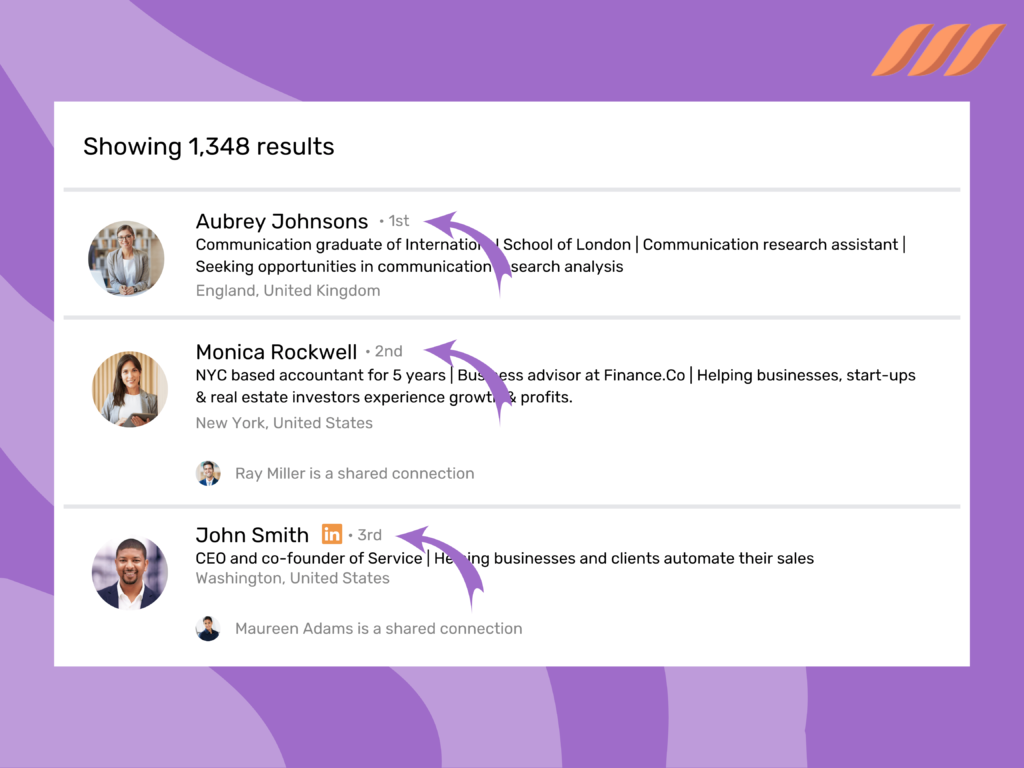
1st-Degree on LinkedIn
LinkedIn 1st degree connections are the people you’re directly connected to on LinkedIn. This results from either party accepting the invitation to connect.
With a 1st degree connection, you communicate directly through LinkedIn messaging. These types of connections are identified by a 1st-degree icon next to users’ names in search results and on their LinkedIn profiles.
2nd-Degree on LinkedIn
2nd-degree connections are those who don’t have a direct presence in your LinkedIn network. Instead, they are connected to your 1st-degree connections. Because of that, you can’t reach out to them directly.
To communicate with a 2nd degree, you can send an InMail if you have a premium account. They are identified by a 2nd degree icon next to their names in LinkedIn search results or their profiles.
3rd-Degree on LinkedIn
These LinkedIn users are connected to your 2nd degree connection. As with your 2nd degree connections, you can send them InMails to your 3rd degree connections. They can be identified with a 3rd degree icon next to their names in LinkedIn search results or their profiles.
Out of Network on LinkedIn
These are LinkedIn members who fall outside 1st, 2nd and 3rd LinkedIn connections. By default, LinkedIn offers limited visibility and accessibility to out-of-network profiles. But, you can use LinkedIn Recruiter Professional Service to unlock such profiles and contact them via InMail.
Related article: Best Prospecting Tips for Recruiters
How to Reach all 1st-Degree Connections on LinkedIn
Here are 4 ways you can use to start a conversation with your 1st connections on LinkedIn.
Messages – The most direct way to reach your 1st degree connection is using the messaging feature to initiate a private 1-1 conversation.
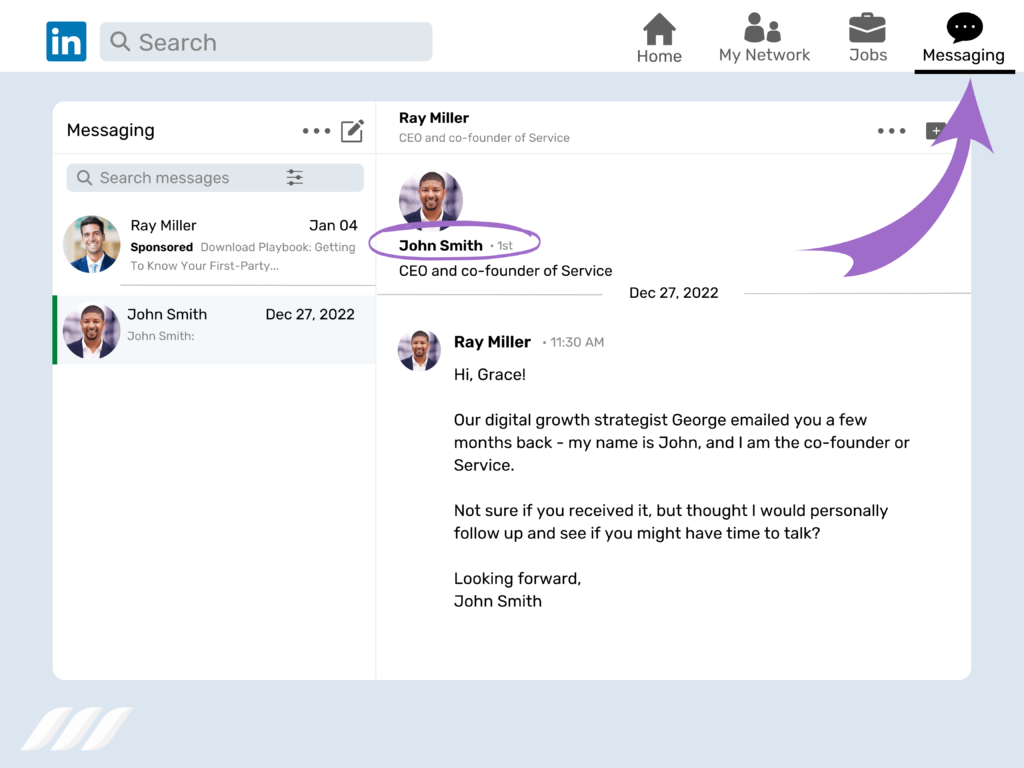
LinkedIn groups – You can engage in a group discussion with your 1st connections and send direct messages to 1st-degree group members.
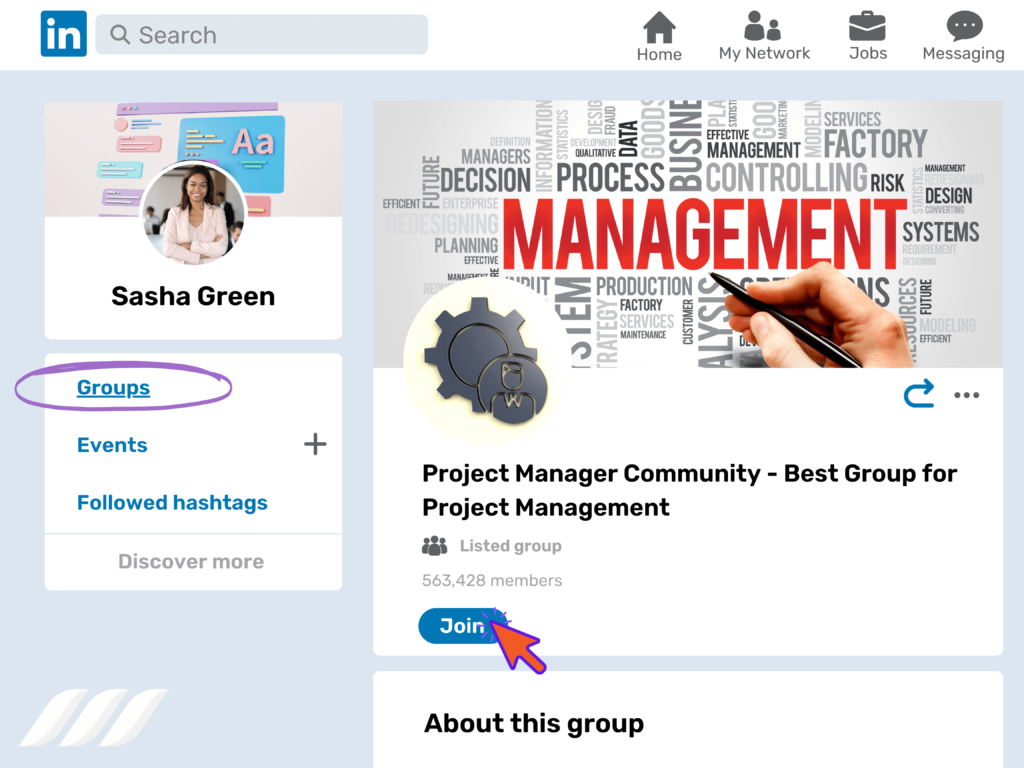
Posts – Use LinkedIn posts to tell a story or share industry news or valuable information. Add hashtags or tag your connections to possibly increase your visibility.
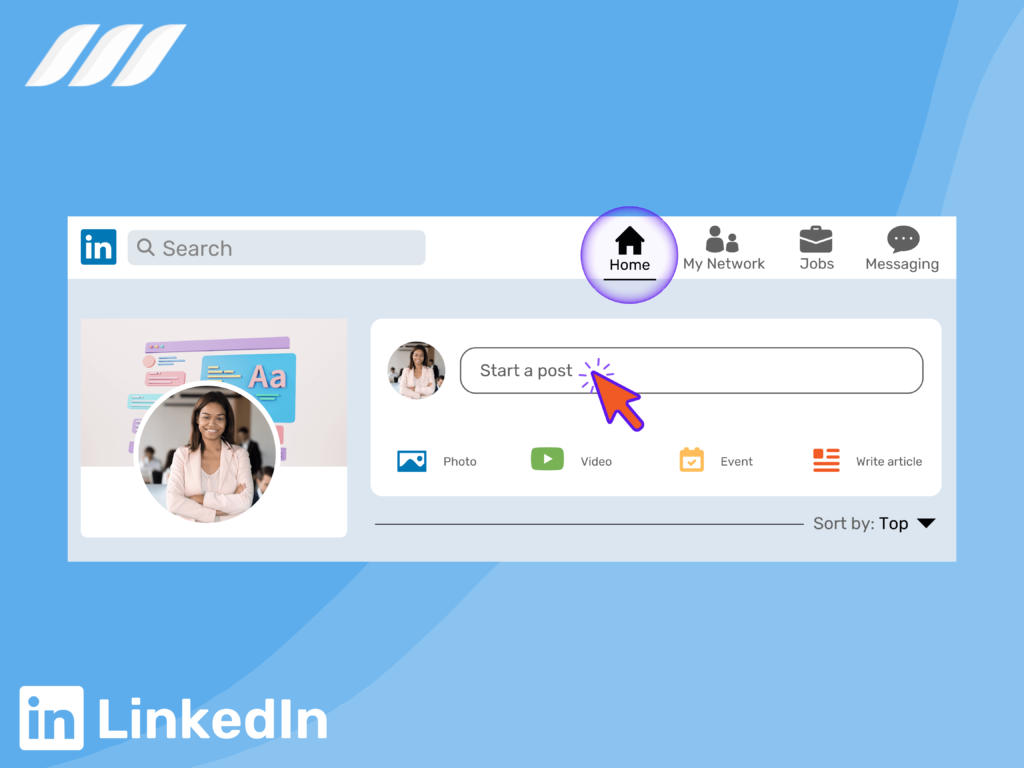
Events – Use LinkedIn events to set up an inclusive environment and make your 1st degree connections feel valued.
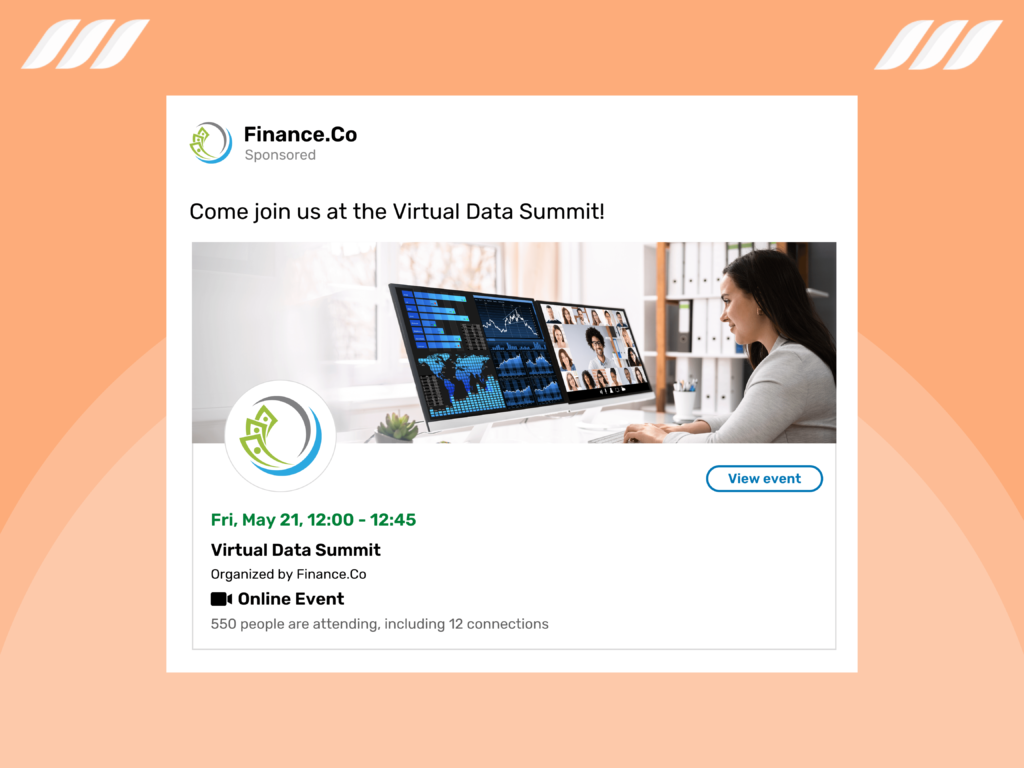
How to Build your LinkedIn 1st-degree Connection Prospecting Process
Here’s how to plan and execute 1st degree connection prospecting in three simple steps.
Step1: Create a strong, professional brand
Having a powerful brand gives you a head start in your sales prospecting. Lead your prospects with insight. Share industry news and behind-the-scenes stories, join groups and engage in discussions.
Step 2: Research your prospects
Tailor your LinkedIn profile to what your prospects might be interested in. For that, visit their profile, follow their business, explore their interests, and participate in groups to be in tune with relevant discussions. Above all, be direct and ask insightful questions.
Step 3: Send a prospecting message
This is the time to offer something meaningful, relevant, and productive based on the research of your prospects. Your message has to be buyer-centric, focusing on the benefits they’d be getting. Use Dripify for LinkedIn outreach automation and send messages in bulk. Once you’ve piqued your prospect’s interest, request what you want out of your conversation in clear terms — may be a call, email exchange, or a referral.
Related article: Best Prospecting Tools for Business
How to Go Beyond Your 1st-Degree Network
LinkedIn only allows 1st-degree connections to see their complete profile information and exchange direct messages. But as you know, there are many prospects beyond your direct contact circle that you might want to go after.
How do you bypass the first-degree barrier and engage 2nd and 3rd-degree connections on LinkedIn?
One way is to send them a connection request. But there’s no guarantee that they’d accept your request if they don’t know you or if they think there’s no mutual ground for connecting.
A second option is to send an InMail. This is an effective but expensive outreach method.
Here’s another method: Use Dripify.
Yes, Dripify LinkedIn automation tool helps you find information on LinkedIn users beyond your 1st-degree network and send them highly personalized connection requests. The tailored connection notes exponentially increase the odds of your invite being accepted.
If they still don’t accept your request, you can use Dripify to find and export more information about those leads than you can see on their LinkedIn profile. This includes their pre-verified corporate email addresses.
The process is simple. Create a new campaign in Dripify and add leads to your campaign from a basic LinkedIn search. Next, open the campaign you just created, and you’ll see the list of all of your leads along with quick information on all of them. You can now open a specific lead to see more details, including their LinkedIn email, corporate email, company, position, location, phone number (if available), and number of connections.
You may want to send these leads LinkedIn connection requests via email. This is a great way to bypass LinkedIn’s weekly connection request limit.
Alternatively, you can reach out to these leads through an email campaign, which you can do directly in Dripify. The Dripify sales automation tool allows you to create and send highly personalized, automated email sequences using the LinkedIn information available on your leads.
How to Reach all 2nd-Degree Connections on LinkedIn
LinkedIn doesn’t allow you to send a direct message to your 2nd degree connections. But, there are four indirect ways you can reach your 2nd degree connections:
1. Get a premium account
LinkedIn’s premium version will give you access to InMails, which allows you to send messages to people outsideyour LinkedIn network.
2. Join LinkedIn Groups
Another way to get in touch with the “friends of friends” is by being in a mutual group. Start a discussion, answer questions, or add insights and you’ll hopefully find a way to take things from there.
3. Send Email
If your prospect has a publicly visible email address or they’ve allowed group members to access their email, you can use that to send them a message.
4. Leverage 1st-Degree Contacts
Once you visit your prospect’s profile, you’ll see your mutual contacts — people who’d be your 1st connections. You can request them to refer or introduce you to the person you’re interested in prospecting.
How to Build Your LinkedIn 2nd-Degree Connection Prospecting Process
Follow these steps to get prospects out of 2nd-degree connections:
Identifying 2nd-Degree Prospects
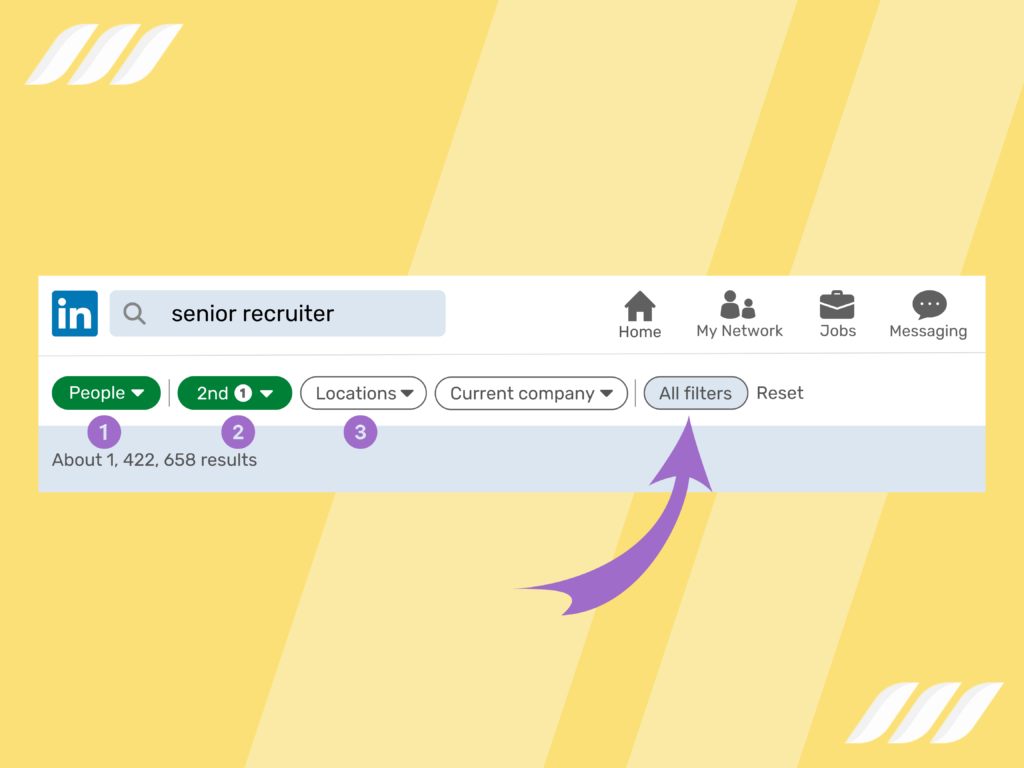
Use ID demographics to find your ideal client profile. Check “2nd Connections” in advanced search and then use filters like title, location, industry, and company.
Request Introductions
The database of 2nd connections will reveal your 1st connection behind. Request an introduction from them through the email address of your LinkedIn 1st-degree connection or direct messaging feature.
Find New Connections in the LinkedIn Feed
While using LinkedIn, you might have seen some amazing posts by other members. Most of the time, LinkedIn displays these posts because you previously interacted with the content of these people. These posts also show when people you interact with engage with other users’ content.
In many instances, you see updates from these people in your feed because you share commonalities. This means it is a good idea to try to convert these 2nd-degree connections into your contacts for better prospecting.
You can add these people, but in doing so, make sure to write a personalized connection request note for each of them. For example, you could mention their latest article or post in your note and refer to specific parts of the content for better personalization.
Or if you have someone in your LinkedIn network who is already connected to that 2nd-degree connection, don’t hesitate to ask them if they could introduce you to that person.
Find Employees on Company Pages
Company pages on LinkedIn are great places to find 2nd-degree connections.
For better prospecting, simply search for companies that might need your product or solution and head over to their pages to see people you want to connect with. Here, you can find decision makers and professionals who share your interests or background.
Once ready, send connection requests to these 2nd-degree connections. Consider using Dripify for this purpose. It can automatically warm up these prospects by engaging with their posts before sending them personalized invites.
Send a Prospecting Message
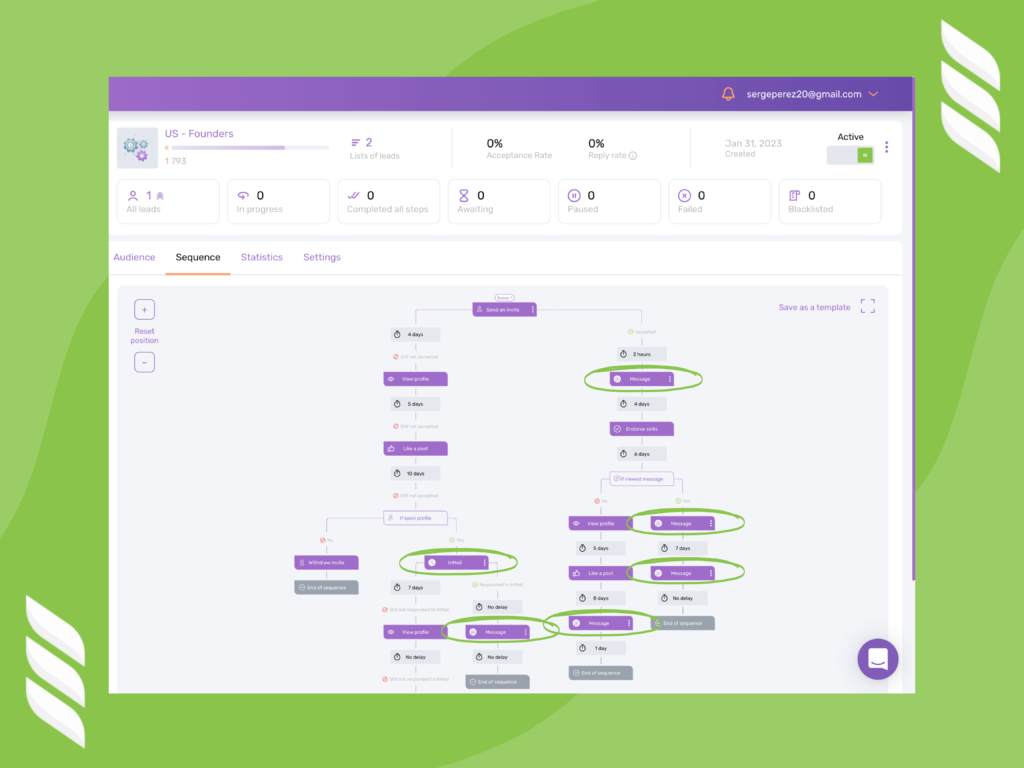
As with 1st-degree prospects, you can send a personalized message to your connection. Using your 1st connection as a commonality in the discussion this time is good.
Should You Reach Your 3rd-Degree Connections Directly?
Although you can send an invite to any LinkedIn member straight away, it’s not a good idea to do that with 3rd-degree connections. At the same time, getting your 2nd-degree connections to introduce you to their connections wouldn’t be effective since you haven’t yet established a strong relationship.
It is good first to reinforce your relationship with 1st and 2nd connections and then expand your network. Engage your 2nd connections to the point that you can connect with them and convert them into your 1st connections. Since their 1st contacts would become your 2nd-degree contacts, you’d have better prospecting chances.
Why You Should Add Connections Outside of Your Network
As stated earlier, one reason to add connections outside of your network is to engage and reach out to prospects who are not currently in your contact list. Second, if you want to expand your LinkedIn network, there’s no other choice but to invite people to become your 1st-degree connections.
When you add leads to Dripify, you can keep track of them for multiple reasons:
- Keep a tab on the most recent updates to a LinkedIn user’s profile as Dripify keeps track of the changes.
- Send them personalized connection requests automatically or save them for the future if now is not a good time;
- Use the information available in Dripify about your prospects for other campaigns, such as email outreach;
- Prepare a list of leads and export it for use in other tools;
- Collect details of prospects without going through the hassle of asking them;
- Send LinkedIn connection requests through email, bypassing the connection request limits;
Tips on How to Expand Your LinkedIn Network
Follow these networking best practices to grow your LinkedIn connections:
- Personalize your invitations instead of sending generic requests.
- Set realistic, time-bound goals to increase your LinkedIn connections.
- Explore relevant groups to demonstrate your knowledge and learn about your prospects.
- Post often to increase engagement opportunities and to establish brand authority.
- Make your content more visual as it gets more engagement and re-share rates.
- Engage with existing connections as it puts your profile in front of their networks.
- Optimize your profile using relevant keywords to increase its search engine results [SEO for LinkedIn].
- Publish articles as native content as it promotes your expertise on the given subject matter.
Include LinkedIn prospecting tools in your campaigns. Many tools allow you to automate the repetitive and administrative parts of prospecting, so you can focus on delivering a personalized, human experience in sales interactions. Plus, you can use the best LinkedIn automation tools to automate your messages, scale your productivity, and secure more leads.
